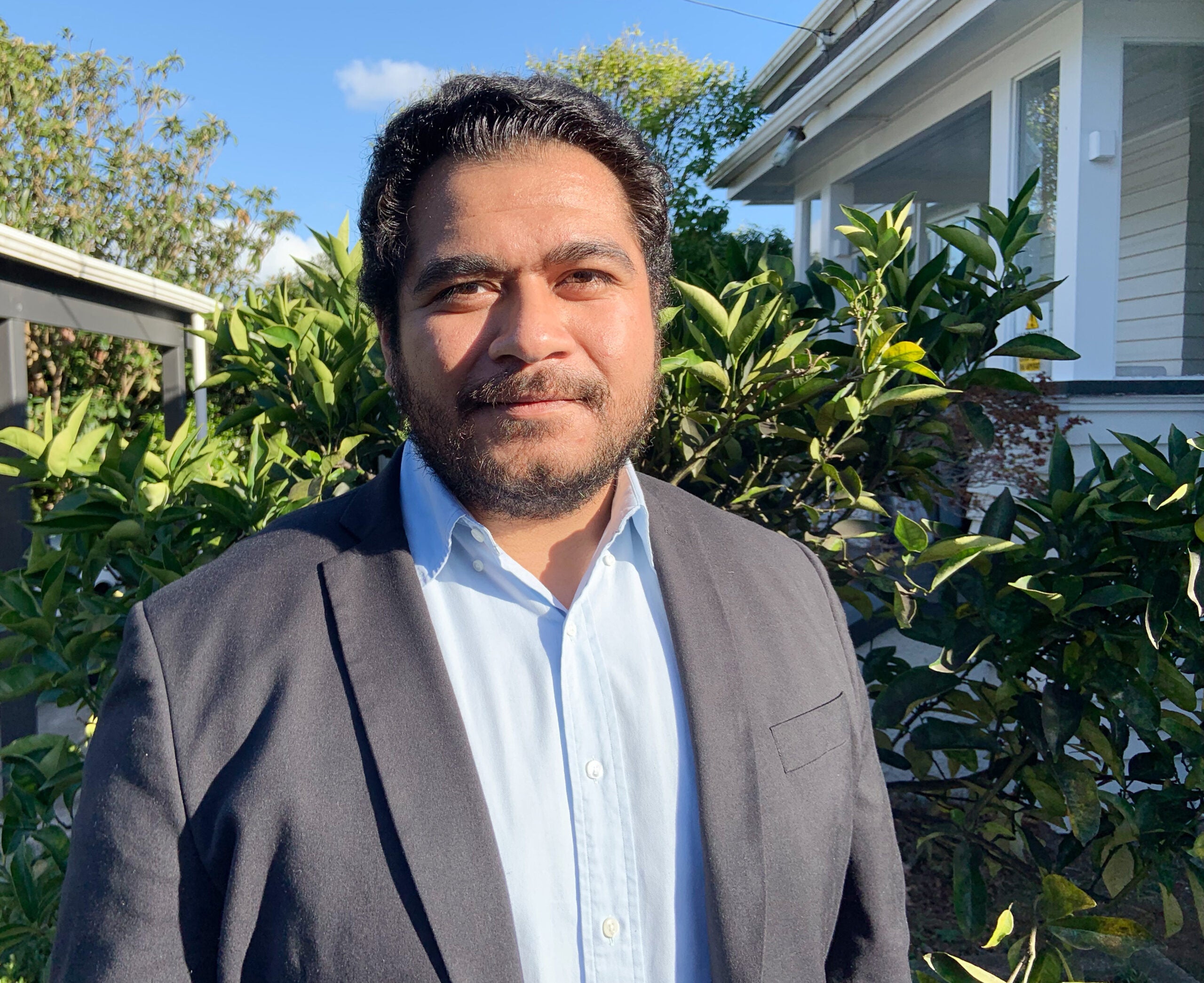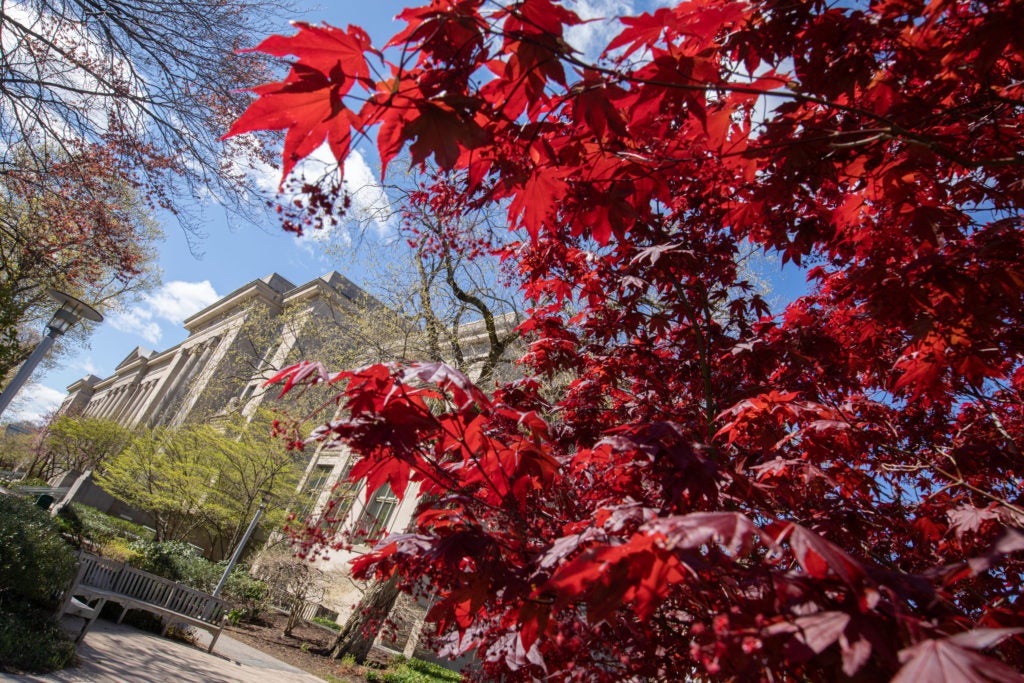Over the past year, Dylan Asafo LL.M. ’20 has focused his coursework, research and extracurricular activities on racial and environmental justice, immersing himself in his “particular passion”—the study of critical race theory, and how it can contribute to social change.
Asafo is a Samoan living in New Zealand and his Pacific Island identity is central to his work. “As a Pacific Islander, which is a racial minority in New Zealand, you grow up with realities of grave inequality, higher rates of poverty, disproportionate incarceration, and growing health and educational disparities, and that all becomes part of your experience,” he observes. “It’s so pervasive, whether it’s being stopped by security guards when you’re shopping, or coming into educational spaces and seeing no one who looks like you.”
Beginning his law studies at the University of Auckland, “I realized that I was given opportunities that other Pacific Islanders weren’t given, but at the same time I wasn’t able to turn a blind eye to what was happening in my community,” he recalls. “I knew that I wanted to do something to transform society for marginalized groups in New Zealand.”
“Critical race theory is a movement mainly of people of color—not only scholars, but activists as well—who are passionate about and committed to understanding and transforming the relationship between law, power and race,” he explains. “Other racial and ethnic groups have made their own offshoots—Latinx critical legal theory, South Asian critical legal theory, Asian American critical race studies, and others. And reading about this, I was inspired to try to build a blueprint for Pacific Island scholars to develop a Pacific critical legal theory movement, to take on what I think is one of the biggest challenges facing Pacific Islanders right now: climate change.”
“We are one of the first peoples to experience climate change-related displacement. Our homelands are being threatened, and at the same time, wealthy, high-contributing countries are continuing to ignore their obligations to minimize emissions and support the most vulnerable countries,” he observes.
Asafo has been writing and speaking about these interconnected subjects for several years. While he was pursuing his first LL.M. in Auckland, he traveled to HLS to present a paper at the annual conference of Harvard Law School’s Institute for Global Law and Policy.
“Harvard has been the intellectual birthplace of a lot of radical movements for students of color—not only critical race theory, but also Third World approaches to international law. That strong tradition—of having scholars of color come together to uplift, support and strengthen each other, and therefore their communities—is what brought me to Harvard,” he adds.
Last fall, Asafo took a course on race, politics and the law, with Lecturer on Law Stephanie Robinson ’94. “In New Zealand, we’re not really used to the Socratic method, or to discussion groups. As a shy person, it was definitely something I found difficult at first. However, being able to openly discuss and debate contentious subjects has allowed me to develop confidence and find my voice as an aspiring racial justice advocate.”
He also learned invaluable insights in Communication, Law and Social Justice with Professor of Practice Alan Jenkins ’89, a course which explored how social justice in the law can be achieved with communications strategies that disseminate positive messages of change through the news, social media and pop culture, and in Art of Social Change, with Professor Elizabeth Bartholet ’65, where speakers from different disciplines and areas of expertise discussed the elements necessary to bring about positive change, especially for vulnerable children and youth. “It was incredibly beneficial for me to learn that lawyers are only one part of the puzzle, that there all these different agents that need to come together to effectively change the law,” he observes.
This spring, Asafo enrolled in the Critical Race Theory reading group with Professor Kenneth Mack ’91. “It gave me a good grounding in scholarship and praxis, in the seminal pieces that you really need to understand and discuss at length in order to apply them to your own scholarship,” he notes. Learning about storytelling, implicit bias and intersectionality in that course helped Asafo to apply these concepts in writing his LL.M. paper, in which he frames climate change-related displacement as a racial justice issue.
Outside of the classroom, he served on the organizing committee for the second annual Critical Race Theory Conference at HLS. Although the conference has been postponed due to the coronavirus outbreak, he says, “I was able to meet and become inspired by fellow young, aspiring lawyers who are interested in critical race theory and in taking up the challenge of racial justice in their communities.”
Soon after graduation, Asafo will begin a tenure-track position as a law lecturer at the University of Auckland. As of now, his university expects that students can return to campus when the next semester begins in late July, but the pandemic means that “it will be a whole new landscape with social distancing measures and lecture theaters looking a lot different,” he predicts. Inspired by his studies at HLS, Asafo hopes to introduce courses on climate justice, race and the law, critical race theory, and social change, and plans to continue to mentor and support Pacific Island students. “I want to use the privileges and experiences I’ve been given to address the inequalities facing communities of color in New Zealand and the wider Pacific region.”

